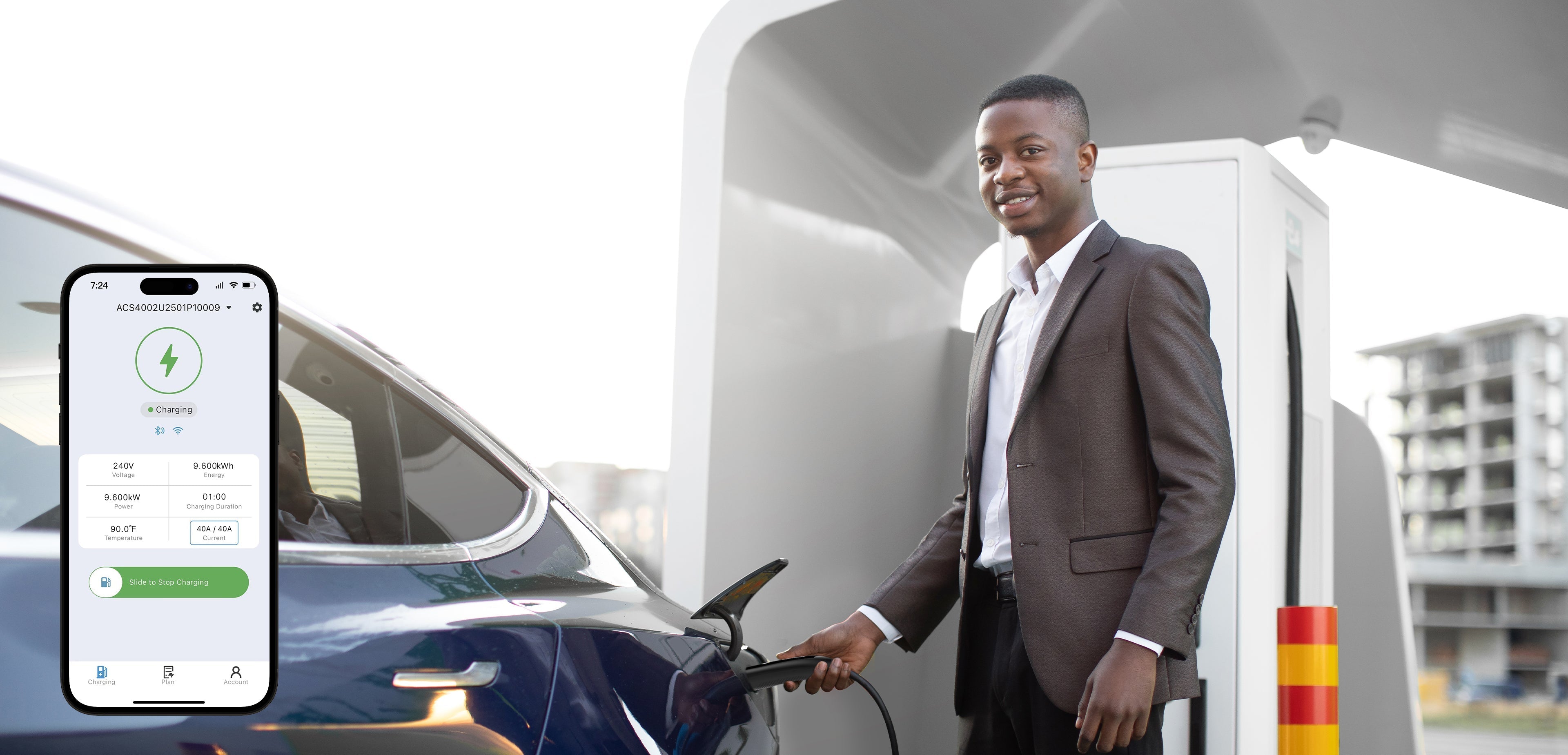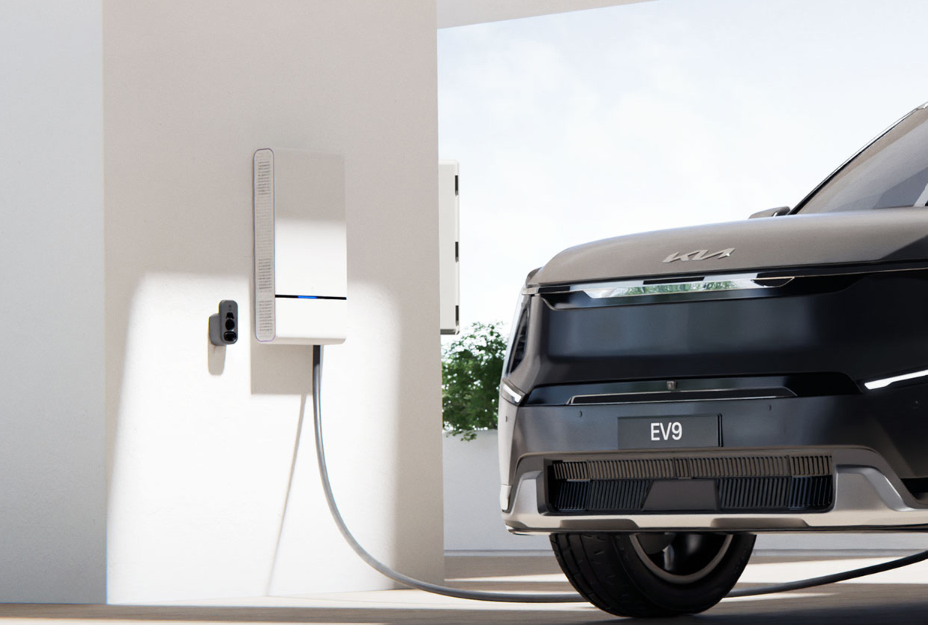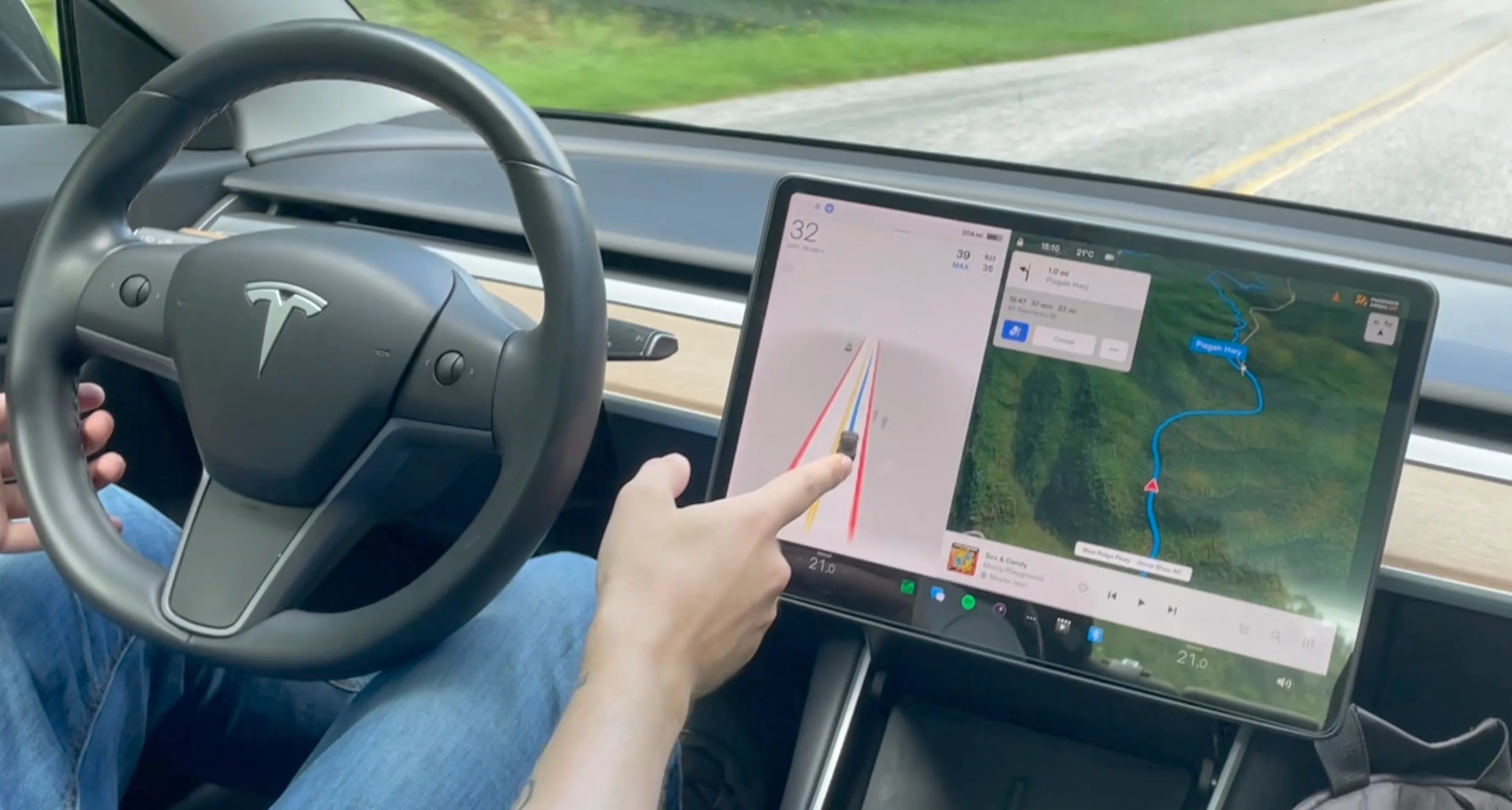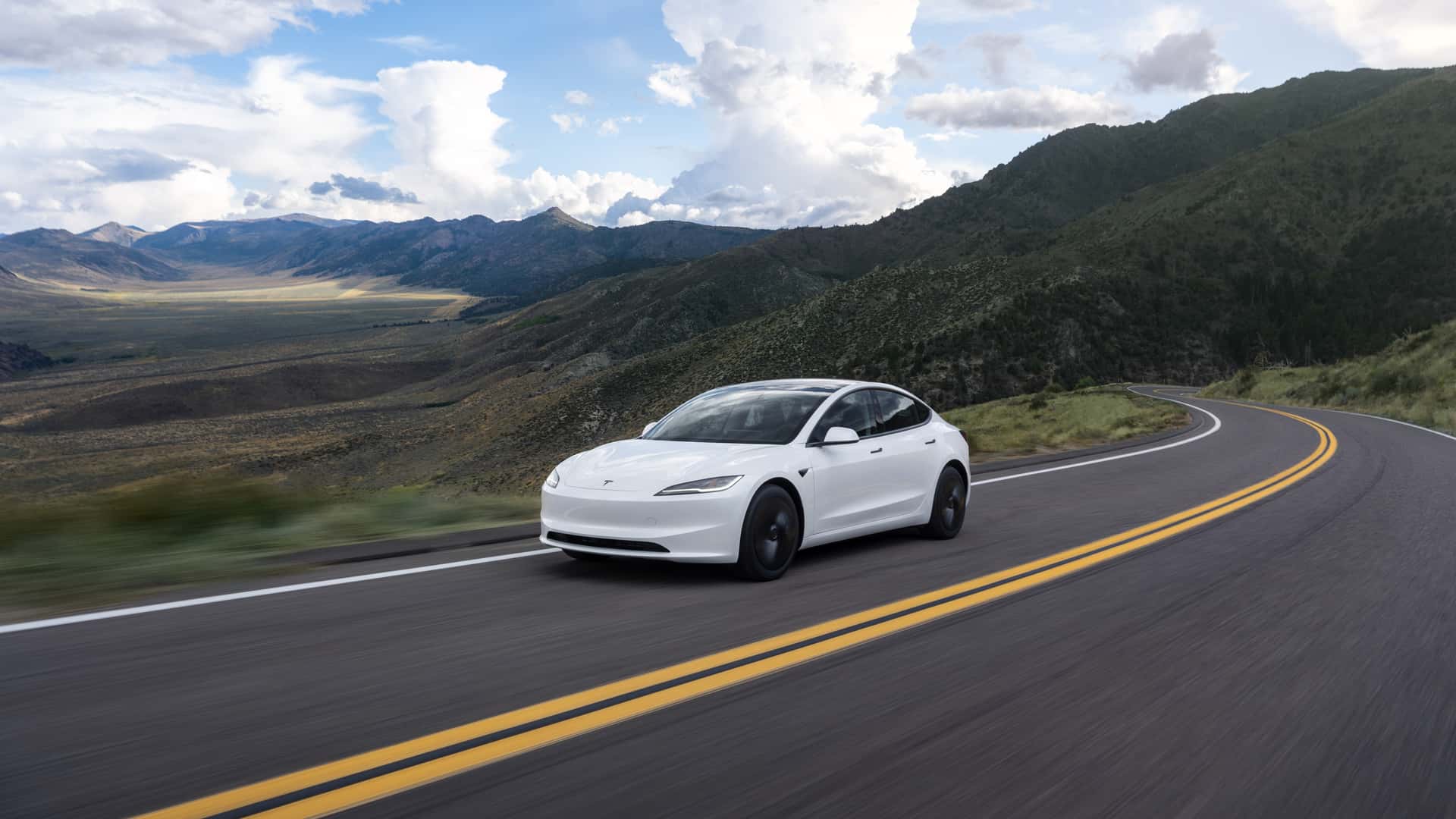Alors que l'adoption des véhicules électriques (VE) s'accélère en Californie, la gestion de la consommation d'énergie devient de plus en plus cruciale, non seulement pour les conducteurs individuels, mais aussi pour l'ensemble du réseau électrique de l'État. Avec la généralisation de la tarification de l'électricité en fonction de l'heure d'utilisation (TOU), comprendre comment et quand recharger son véhicule électrique peut faire une différence significative en termes d'économies et de durabilité énergétique.
Cet article explore l'évolution de la structure tarifaire de l'électricité en Californie, les offres récentes des services publics et la manière dont la recharge intelligente peut aider les propriétaires de véhicules électriques à économiser de l'argent tout en soutenant le réseau.
Pourquoi les tarifs TOU sont importants pour les propriétaires de véhicules électriques
La tarification horaire vise à encourager la consommation d'électricité en heures creuses, lorsque la demande est faible et que l'énergie propre est plus facilement disponible. Pour les conducteurs de véhicules électriques, adapter leur comportement de recharge aux heures creuses permet :
-
Des coûts d'électricité inférieurs par kilomètre
-
Réduire la pression sur le réseau électrique déjà tendu de l'État
-
Minimiser l'impact environnemental de la recharge des véhicules électriques
Alors que la Californie vise à devenir une économie neutre en carbone d’ici 2045, les tarifs TOU jouent un rôle central dans la refonte de la consommation énergétique résidentielle.
🔋 Tableau comparatif des tarifs TOU et EV en Californie
Vous trouverez ci-dessous une ventilation actuelle des principaux plans d'électricité résidentiels TOU et spécifiques aux véhicules électriques de Southern California Edison (SCE) et Pacific Gas & Electric (PG&E), mis à jour pour la mi-2025.
📊 Tableau comparatif des tarifs de recharge pour véhicules électriques en Californie (juin 2025)
| Fournisseur | Plan tarifaire | Heures de pointe | Heures creuses | Coût typique (par kWh) |
|---|---|---|---|---|
| SCE | TOU-D-PRIME | 16h-21h (en semaine) | 21h-8h et week-ends | ~0,361 $/kWh |
| SCE | TOU-D-PRIME-CARE | 16h-21h (en semaine) | 21h-8h et week-ends | ~0,229 $/kWh (clients CARE) |
| PG&E | EV2‑A (Plan Maison EV) | 16h-21h (tous les jours) | 12h00–15h00 (hors pointe) | ~0,30–0,33 $/kWh (hors pointe) ; gallon électronique ~1,90 $ |
Avantages de la recharge intelligente des véhicules électriques
La recharge intelligente fait référence à l’utilisation de systèmes et d’appareils intelligents, souvent intégrés aux chargeurs de véhicules électriques domestiques ou aux applications mobiles, qui programment la recharge pendant les heures les moins coûteuses et les plus durables.
Principales caractéristiques de la charge intelligente
-
Programmation horaire : charge automatiquement votre véhicule électrique pendant les heures creuses
-
Gestion à distance : Surveillez et contrôlez les sessions de charge depuis votre smartphone
-
Équilibrage de charge : ajuste la vitesse de charge pour éviter les pics de tension du réseau
En combinant des pratiques de recharge intelligentes avec la connaissance des tarifs TOU, les propriétaires de véhicules électriques peuvent économiser des centaines de dollars par an tout en améliorant la fiabilité du réseau électrique de l'État.
Étude de cas : un scénario typique de recharge intelligente
Un propriétaire de Tesla Model 3 bénéficiant de l'abonnement PG&E EV2-A économise environ 35 % par mois en chargeant entre minuit et 15 h , par rapport aux heures de pointe. Le chargeur intelligent programme automatiquement la session via l'application Tesla, et l'utilisateur reçoit des rapports mensuels récapitulant sa consommation et ses économies.
Perspectives d'avenir : la Californie s'efforce d'assurer la stabilité du réseau électrique
Le réseau électrique californien est déjà confronté à une forte charge lors des vagues de chaleur et des soirées de forte demande. La California Public Utilities Commission (CPUC) continue de promouvoir les programmes de tarification horaire et de réponse à la demande comme des outils essentiels pour la stabilité énergétique.
Pour soutenir davantage les propriétaires de véhicules électriques :
-
PG&E et SCE étendent les rabais pour les chargeurs intelligents
-
De nouvelles subventions sont introduites pour permettre aux conducteurs à faibles revenus d'accéder aux tarifs hors pointe.
-
Des programmes pilotes V2G (Vehicle-to-Grid) sont en cours de développement pour transformer les véhicules électriques en tampons énergétiques
Derniers conseils pour les propriétaires de véhicules électriques
-
Inscrivez-vous à un forfait TOU spécifique aux véhicules électriques (comme SCE TOU-D-PRIME ou PG&E EV2-A)
-
Chargez pendant les heures creuses , idéalement tard le soir ou à midi
-
Installez un chargeur intelligent de niveau 2 (par exemple EVDANCE Pulse Fusion pour une planification avancée)
-
Utiliser des applications mobiles pour surveiller les tarifs et optimiser la facturation
Alors que la Californie poursuit sa révolution des véhicules électriques, l'adoption d'une recharge intelligente et la sensibilisation aux TOU seront cruciales non seulement pour réaliser des économies, mais également pour une électrification durable à l'échelle de l'État.
Auteur : Lay Wen








Partager:
La tension électrique en Californie et l'avenir de la fiabilité de la recharge des véhicules électriques
Qu'est-ce que le V2G ? Comprendre la technologie véhicule-réseau et son rôle dans l'écosystème des véhicules électriques